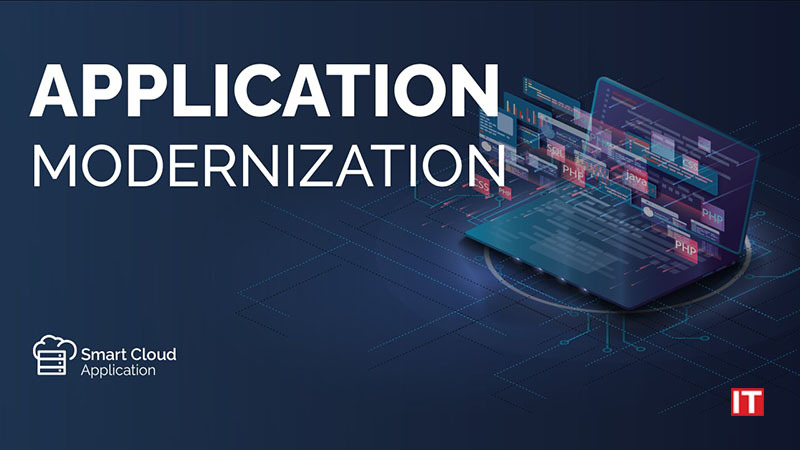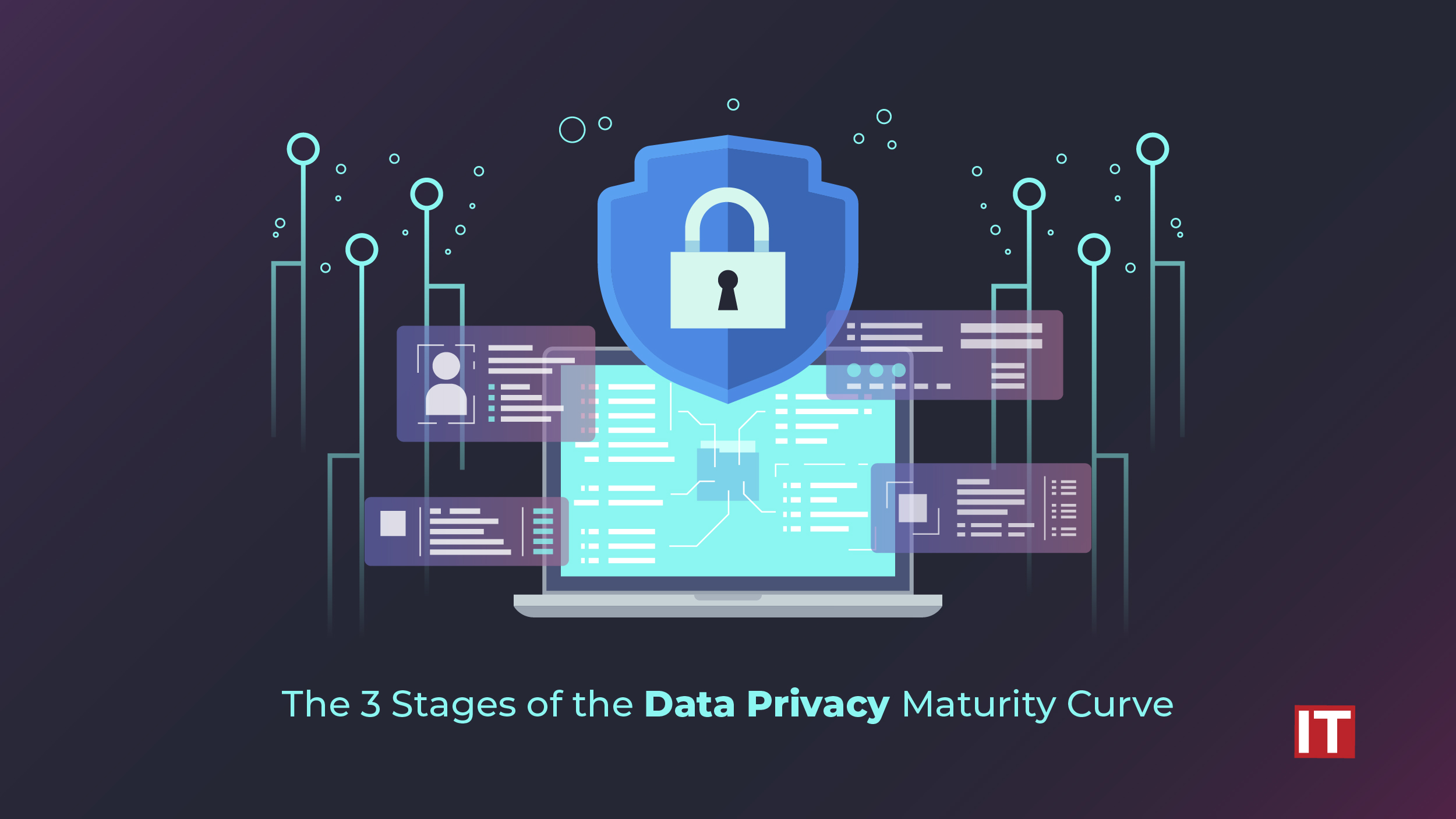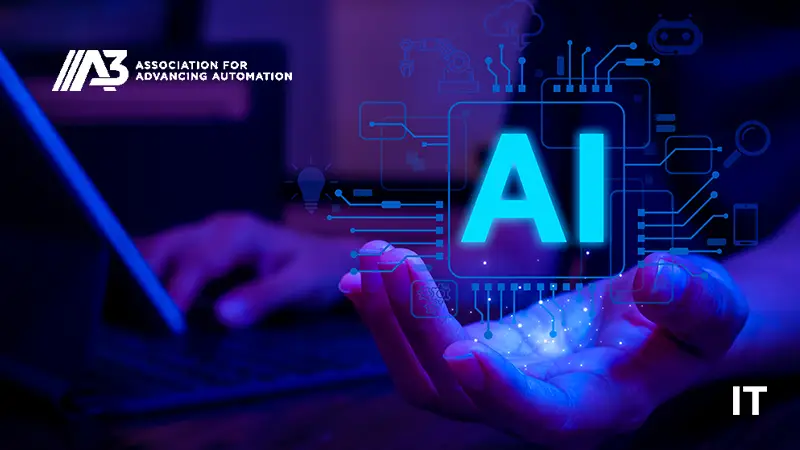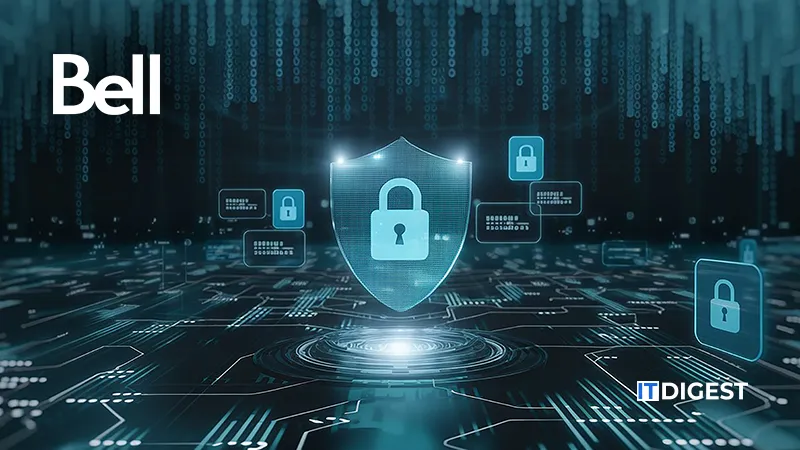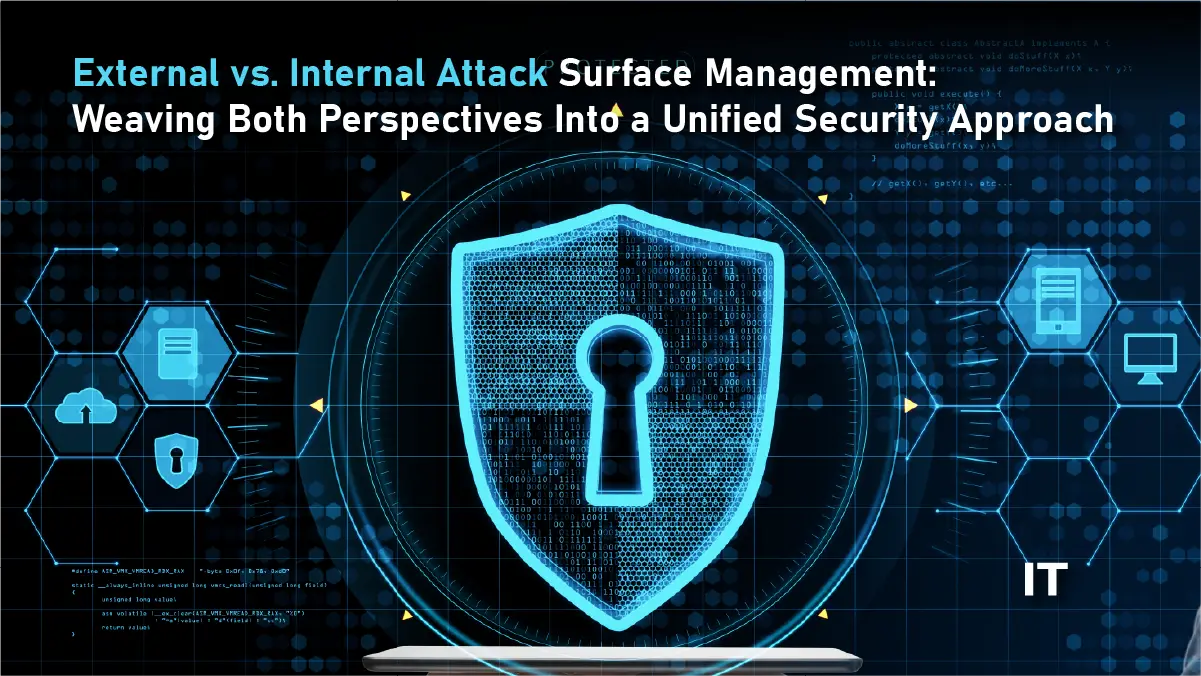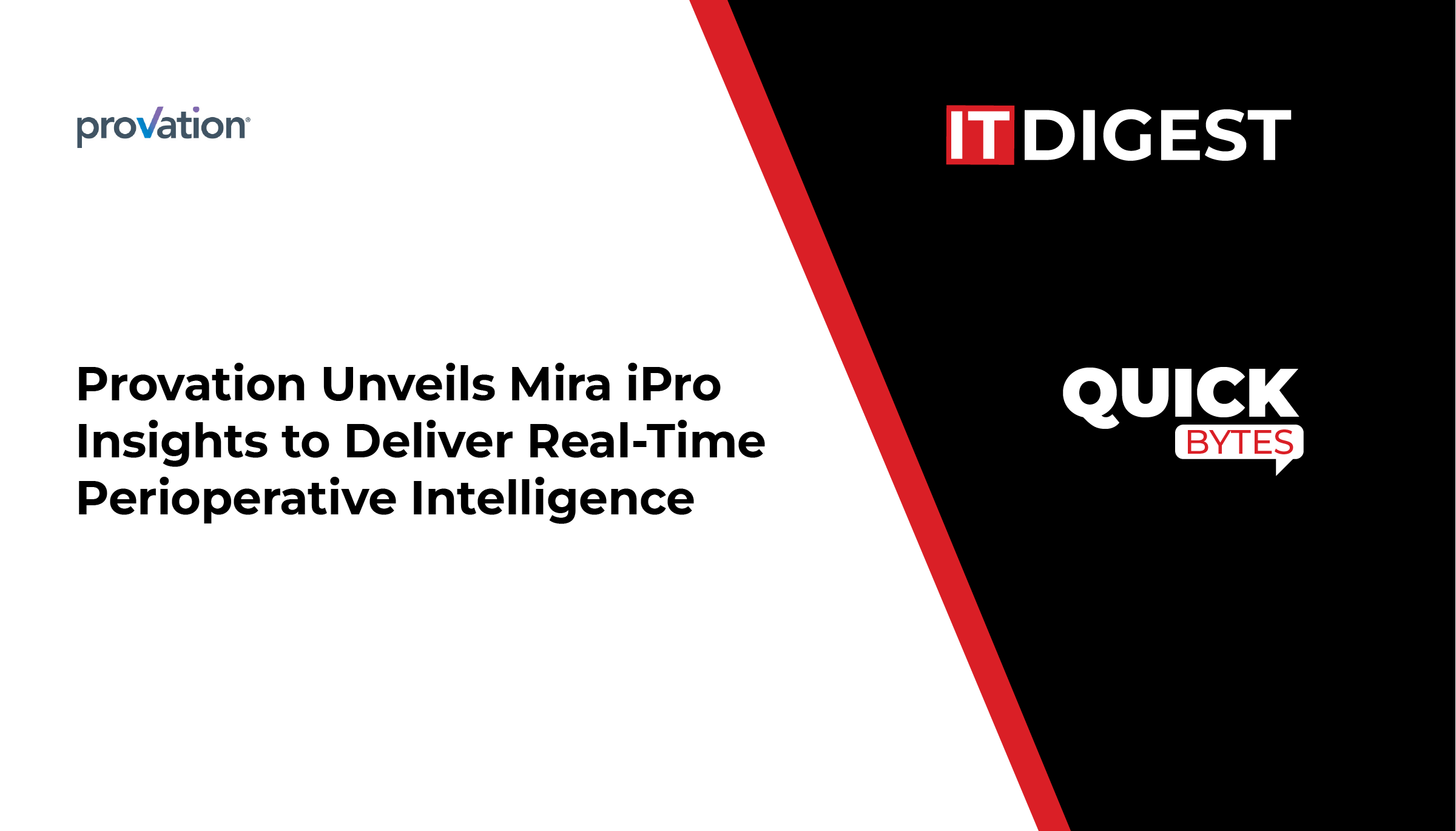In today’s connected world, organizations face threats from both outside hackers and people inside the company. Some come from outside and deal with internet-facing systems, while others come from inside, involving trusted employees or insiders. Managing these risks requires a clear understanding of both external and internal attack surfaces. The article discusses the difference between external and internal attack surfaces, why it matters, and a joint approach for protecting an organization.
Understanding the Attack Surface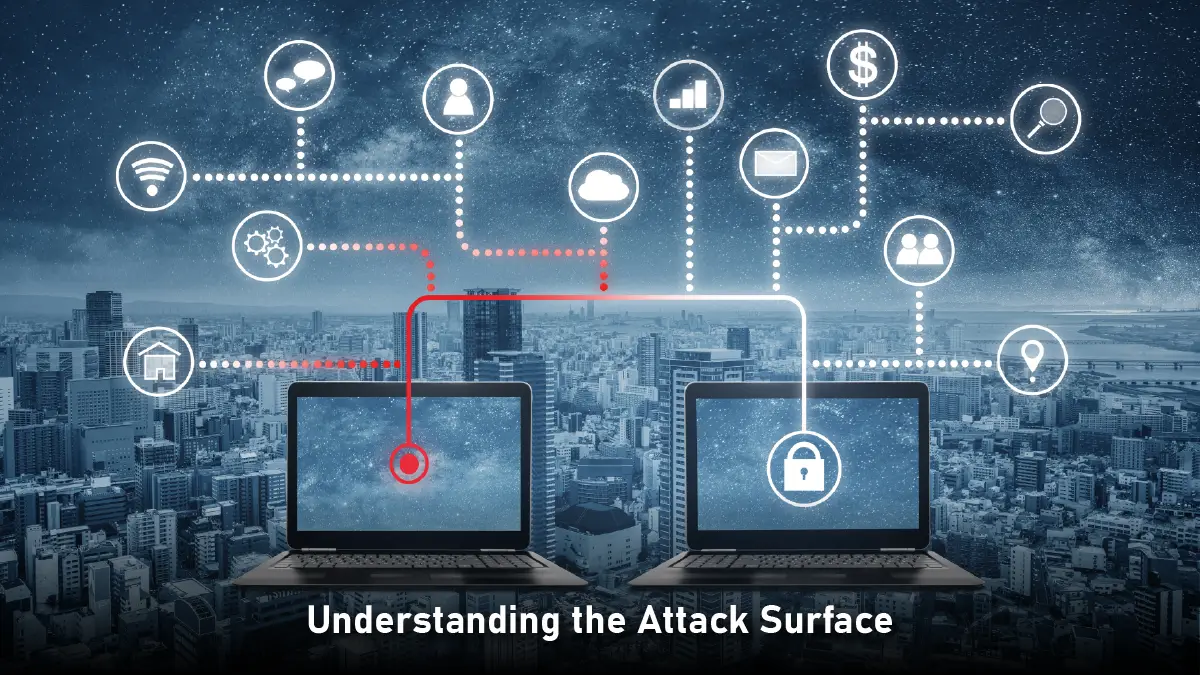
An attack surface refers to all possible points where an attacker might put data in or get data out of an environment. Think of every door, window, and vent on a house as a possible entry point for a break-in.
External Attack Surface: All digital assets and systems that are exposed to the public internet. It constitutes sites, APIs, clouds, email servers, and anything having an IP address accessible from outside an organization. Some examples of external attack surfaces include company websites, customer portals, public cloud storage, exposed databases, and remote access points.
Internal Attack Surface: All assets, systems, and users inside the organization’s network. This includes endpoints, internal applications, databases, employee devices, and privileged accounts. Some internal attack surfaces are employee laptops, internal file shares, HR systems, privileged user accounts, and internal communication platforms.
Key Differences: Internet-facing Vulnerabilities vs. Insider Risk
| Aspect | External Attack Surface |
Internal Attack Surface |
| Threat Source | Hackers, cybercriminals, automated bots | Employees, contractors, trusted users |
| Common Attacks | Phishing, DDoS, web exploits, ransomware | Data theft, sabotage, privilege misuse |
| Visibility | Public, can be scanned by anyone | Private, visible only to insiders |
| Detection | Easier to monitor with external tools | Requires internal monitoring, analytics |
| Examples | Exposed database, unpatched web server | Employee leaks data, misuses access |
Why Both Perspectives Matter
External threats pose vulnerabilities from which an organization could be at risk, as do internal ones as well. The players would find a way to go through one to reach the other. For instance, a hacker first breaks into the public-facing system and then moves laterally inside the network with stolen credentials. The recent developments reveal that insiders really perpetrate about 60% of data breaches. And the average annual cost of insider risk rose to US$ 17.4 million in 2025, up from US$ 16.2 million in 2023.
External Attack Surface Management (EASM)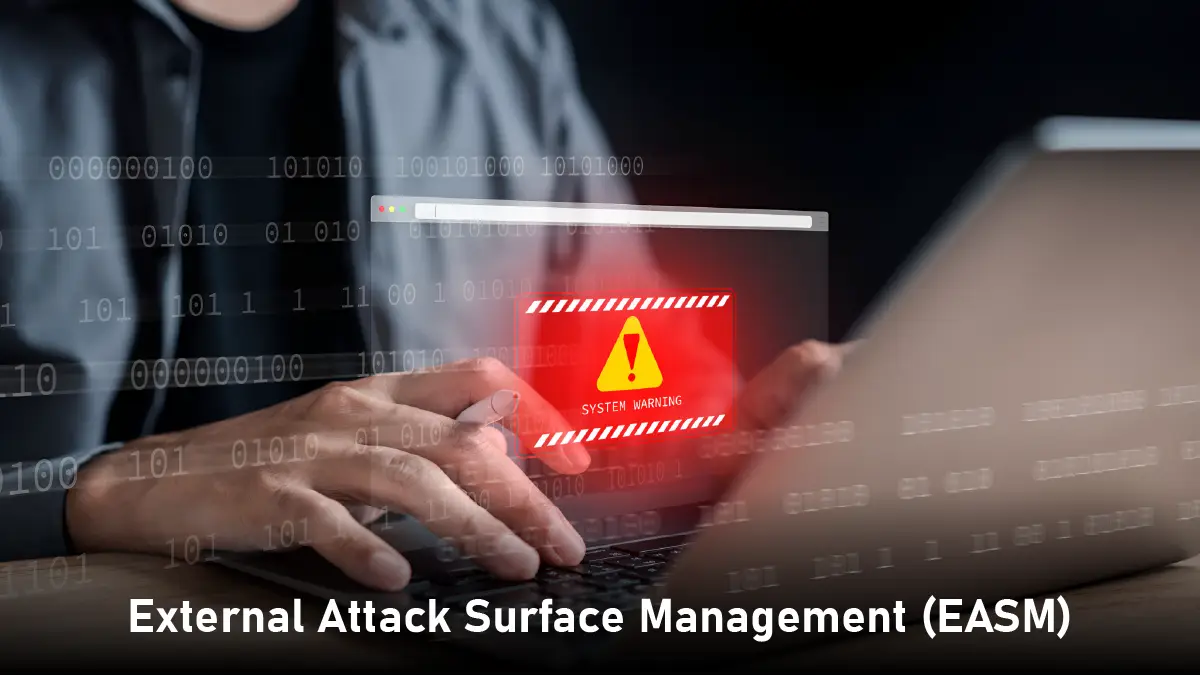
External attack surface management is the continuous process of discovering, monitoring, and securing all internet-facing assets. The processes try to find vulnerabilities before potential attackers and thus reduce the organization’s exposure to external threats.
Key features
Asset Discovery: Automatically identifies all public-facing assets, shadow IT, and neglected systems.
Vulnerability Assessment: Scans for misconfigurations, unpatched software, and weak points.
Why EASM Is Essential
- Attackers often use automated tools to scan the internet for exposed systems.
- Cloud services or web apps are constantly being deployed without proper security checks.
- Organizations do not know about their public-facing assets, leading to ‘shadow IT’ risks.
Also Read: Proactive vs. Reactive Cybersecurity: Which Strategy Protects Your Business Better
Internal Attack Surface Management (IASM)
Internal attack surface management deals with the identification and reduction of risks on an organization’s network. This entails controlling user privileges, watching internal activity, and offering protection to sensitive data from insiders.
Key Features
Endpoint Security: Protecting devices like laptops, desktops, and mobile phones.
User Access Control: Ensuring employees have only the permissions they need.
Why IASM is Essential
- 95% of data breaches involve human error.
- The average time to contain an insider incident has improved to 86 days and yet costs continue to rise.
Case Studies
Case Study 1: External Attack Surface & Blind Spot
A global retail company suffered a data breach when attackers exploited an unpatched web server that was forgotten during a cloud migration. The server, still accessible from the internet, contained customer data. The breach led to regulatory fines and reputational damage. After the incident, the company implemented an EASM solution, which helped them discover and secure over 200 previously unknown internet-facing assets.
Case Study 2: Insider Threat in Healthcare
A hospital insider was responsible for obtaining sensitive patient data after receiving a job offer from a competitor. This strange activity was flagged by an internal monitoring system before an investigation became necessary. Rapid action by the hospital prevented the incident of data leakage and, in turn, showcased the importance of internal attack surface management.
Case Study 3: Unified Attack
With the emergence of COVID-19, there was a serious attack on a financial services company. A group of attackers exploited a misconfigured remote access portal and used stolen credentials to access internal financial systems. This unfortunate incident taught that a unified attack surface should be managed for both external and internal attacks.
Recent Developments & Trends
Rise of AI and Automation: AI and ML are harnessed to identify external and internal threats more quickly and accurately. The anomalies related to human behavior or network traffic that may escape human eyes become the focus of these technologies. Automation also facilitates a faster incident response by security teams, thereby limiting the window available to attackers for damaging activities.
Cloud and IoT Expansion: When organizations adopt cloud and IoT devices, their attack surface is enlarged. The cloud-native environment and IoT devices call for discovery and vulnerability assessment tools specialized for their needs. Attack surface management solutions are thus evolving to provide visibility across hybrid and multi-cloud environments.
Zero Trust and Integrated Security: The Zero Trust premise of ‘never trust, always verify’ is becoming standard. In fact, it entails continuous verification of users and devices, be they on or off the network. The newer attack surface management platforms combine external and internal monitoring to make a unified dashboard for security teams.
Building a Unified Security Approach
Here are a few steps to unify external and internal attack surface management:
Comprehensive Asset Inventory
- Maintain a real-time inventory of all assets, both public-facing and internal.
- Include cloud resources, IoT devices, and shadow IT.
Continuous Monitoring
- Use automated tools to continuously scan for vulnerabilities and changes in the environment.
Risk-based Prioritization
- Assign risk scores to vulnerabilities based on potential impact.
Integrated Threat Intelligence
- Combine external threat feeds with internal analytics to detect emerging threats.
- Share intelligence across teams for faster response.
Employee Training and Awareness
- Train staff to recognize phishing and other common attacks.
Automation and Orchestration
- Automate routine security tasks like patching and incident response to reduce human workload and error.
- Use SOAR (Security Orchestration, Automation, and Response) platforms for coordinated defense.
Zero Trust Implementation
- Apply least privilege principles and continuous verification for all users and devices, regardless of location.
Conclusion
Staying safe from cyber threats today means watching for dangers outside and inside the organization. External attack surface management protects against hackers and threats from the internet. And internal attack surface management deals with risks from employees or trusted users. The line between outside and inside threats becomes blurred as more companies use cloud services, remote work, and smart devices. Attackers can take advantage of both. Many organizations use tools that combine both perspectives. This makes it easier to spot problems, set priorities, and respond quickly. Bringing external and internal security together, companies can protect themselves now and in the future.





